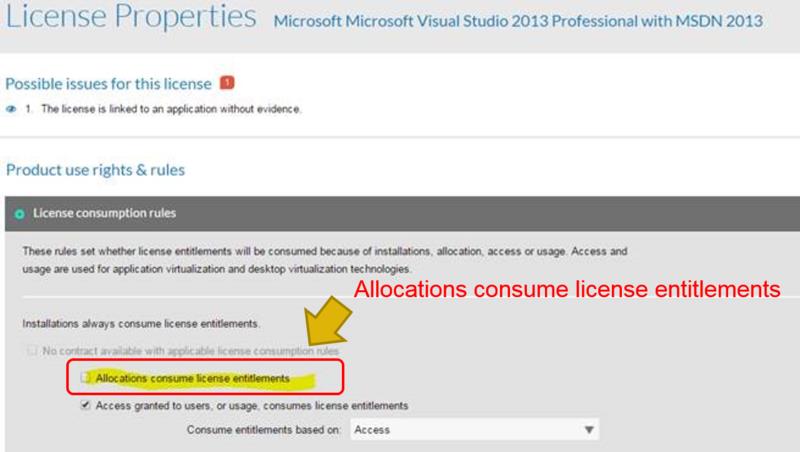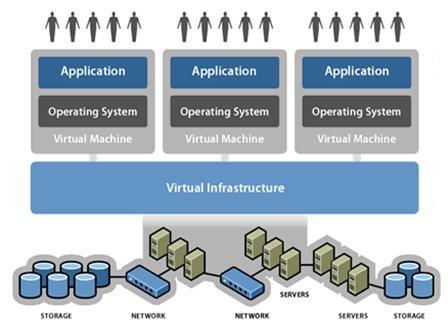As a follow-up to my recent blog on Software Asset Management and Stakeholder Management, I wanted to discuss how collaboration is a key aspect of a successful software renewal process, as well as IT Security and other strategic IT initiatives. This also ties into my other recent blog on Software Asset Management and IT Security Management Enable Digital Transformation.
Collaboration for Successful Software Renewals
Just as stakeholder management is an important, and often time consuming, function for software asset managers, software renewals are as well. But, of course, the renewals process involves many other stakeholders, too, including IT Procurement, Sourcing and Vendor Management teams.
Gartner recently published a report on this topic: Software Asset Management-Led Collaboration Is Key to a Successful Software Renewal Process. (Published: 1 February 2017 ID: G00302298)
In the Gartner report they list several challenges, including:
- … Identifying all the stakeholders and gathering all the information needed to correctly renew, cancel or modify support and maintenance can be difficult and time-consuming.
- Lack of insight as to how and where software is currently (or will be) used, and how demand and the technology strategy relating to the products concerned will change, may lead to overpayments for support and maintenance or subscriptions that are no longer needed.
And they recommend that “Sourcing and Vendor Management leaders responsible for evaluating and negotiating software contracts should … collaborate with software asset management, procurement, finance, vendor management, budget holders, project managers and any relevant business application owners to ensure that a strong, effective renewals process is in place and is applied consistently to ensure optimal renewal decisions.”
In the report, they recommend defining each stakeholder’s role in the renewal process, including business owners, vendor management, software asset managers, contract management, etc. Gartner also provides a toolkit “Software Asset Management; Manage the Software Support and Maintenance Renewals Process.”
A key role of Software Asset Management in the contract renewals process is providing insights into software usage and usage trends. As shown in our 2016 State of the Software Estate: Waste is Running Rampant, Software Licensing and Pricing Survey Report, 30% of organizations say that 21% or more of their software is underused.

Figure 1: Underused Software Represents an Opportunity for Cost Savings
With this insight, IT Procurement teams can negotiate contract renewals that reduce maintenance or subscription costs for some software. Usage trends data from the SAM team allows IT Finance to accurately budget for future software needs.
IT Asset Management
It all starts with knowing what’s in your IT ecosystem. Flexera One discovers even the most elusive assets whether on-prem, SaaS, cloud, containers and more.
Collaboration is Key
Collaboration is something that we at Flexera believe is critically important to the success of the business, not only as it relates to software contract renewals, but also for security risk mitigation and other strategic initiatives, such as Digital Transformation.

Figure 2: Collaboration between Teams is Essential
Collaboration for Effective SecOps
Gartner has also weighed in on the need for collaboration between IT Security and IT Operations teams, saying:
“Gartner clients find the coordination and orchestration of vulnerability remediation efforts a perennial point of operational failure for vulnerability management projects. Success requires coordination between IT security and IT operations for activities such as patch management and configuration hardening.”
Processes and tools for Software Vulnerability Management allow IT Security and IT Operations teams (SecOps) to collaborate to have a more effective security patch management process. These tools provide:
- Patch Assessment—Comprehensive and accurate discovery of unpatched applications and systems
- Prioritization—Vulnerability criticality rating based on Secunia Research data
- Remediation—Link patch assessment and remediation; deliver pre-packaged patches
- Patching of non-Microsoft Applications on Windows systems—Deploy patches using your standard Microsoft tools—Windows Server Update Service (WSUS) and System Center Configuration Manager (SCCM)





